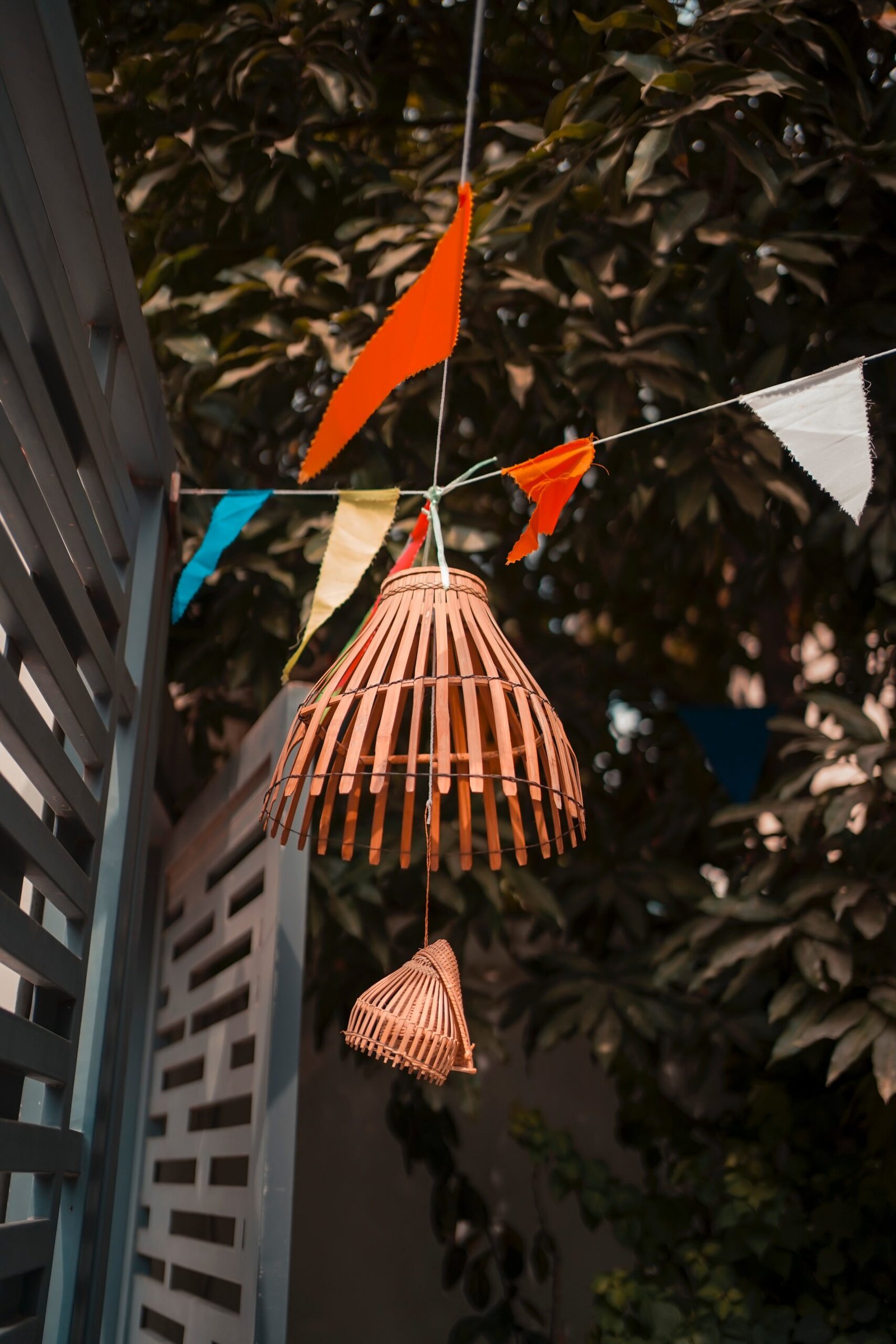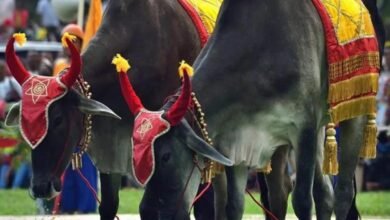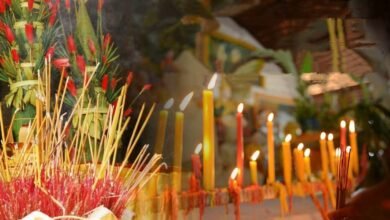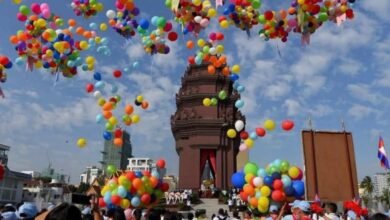Khmer New Year: A Celebration of Culture, Tradition, and Renewal
Introduction
The Khmer New Year, also known as Choul Chnam Thmey, is one of the most significant festivals celebrated in Cambodia. It marks the end of the harvest season and the beginning of the new year according to the Khmer lunar calendar. This vibrant and joyous celebration is a time for Cambodians to come together, honor their traditions, and welcome the new year with renewed hope and optimism.
History and Significance
The Khmer New Year has its roots in ancient Hindu and Buddhist traditions. It is believed to have been celebrated for thousands of years, dating back to the time of the Khmer Empire. The festival is deeply intertwined with agricultural practices, as it signifies the end of the harvest season and the start of the rainy season, which is crucial for rice cultivation.
During this time, Cambodians pay homage to their ancestors and seek blessings for the year ahead. They believe that by performing traditional rituals and making offerings, they can ensure good fortune, prosperity, and happiness for themselves and their loved ones.
Preparations for the Khmer New Year
Preparations for the Khmer New Year begin well in advance. Cambodians clean and decorate their homes, preparing them for the arrival of ancestral spirits. They also engage in a thorough spring cleaning, symbolizing the removal of any negative energy from the previous year.
Another important aspect of the preparations is the creation of sand mounds or “Phnom Khsach,” which represent mountains. These mounds are adorned with colorful flags and are believed to be a symbol of good luck and prosperity.
Traditional Customs and Activities
The Khmer New Year is a time of joy and celebration. Cambodians engage in various customs and activities to mark the occasion. One of the most prominent traditions is the pouring of scented water over Buddha statues and the elderly. This act is seen as a way to cleanse and purify oneself and to show respect to the elderly.
Another popular activity during the Khmer New Year is the building of sand pagodas. These intricate structures are crafted by hand and serve as temporary places of worship. People gather around the pagodas to offer prayers and make offerings.
Dancing and music play a significant role in the festivities. The traditional dance known as “Robam Tep Apsara” is performed by both amateurs and professionals, showcasing the grace and beauty of Khmer culture. Traditional games, such as “Chol Chhoung” and “Bos Angkunh,” are also played, adding to the festive atmosphere.
Food and Cuisine
No celebration is complete without delicious food, and the Khmer New Year is no exception. Cambodians indulge in a variety of traditional dishes during this time. One popular dish is “Kralan,” a sticky rice cake cooked in bamboo tubes. Another favorite is “Num Ansom Chek,” a banana leaf-wrapped sticky rice cake filled with sweet or savory ingredients.
Other festive delicacies include “Trey Chean,” a fish soup, and “Samlor Korko,” a vegetable stew. These dishes are prepared with love and care, using fresh ingredients that reflect the abundance of the harvest season.
Conclusion
The Khmer New Year is a time of vibrant celebration and deep cultural significance for the people of Cambodia. It is a time to honor traditions, connect with loved ones, and embrace the spirit of renewal. Through traditional customs, activities, and delicious cuisine, Cambodians come together to welcome the new year with joy, gratitude, and hope for a prosperous future.




